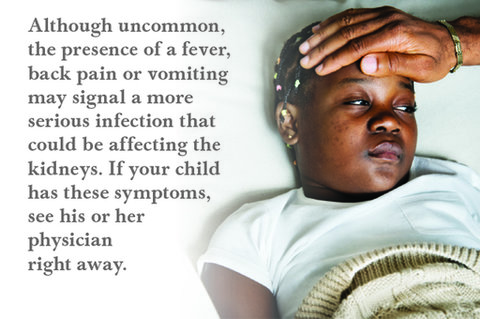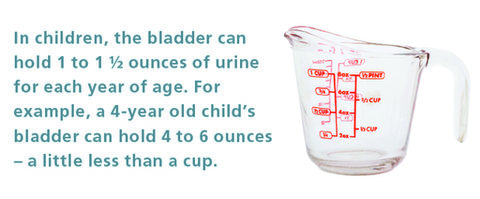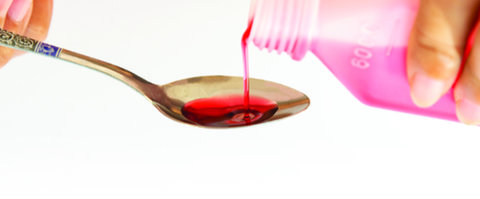| BY THE NUMBERS |
Urinary Tract Infections
Urinary tract infections (UTIs) are common in kids. They happen when bacteria (germs) get into the bladder or kidneys.
As many as
8 in 100 girls
and 2 in 100 boys will get UTIs.
Young children have a greater risk of kidney damage linked to UTIs than older children or adults.

UTIs affect
3%
of children every year.
Annually, pediatric UTI’s account for more than
1 million
office visits in the U.S.
Babies under
12 months
old are more likely to have a UTI than older children.
During the first few months of life, UTIs are more common
in boys
than in girls.
UTIs are most
common in children
under the age of
5 years.
By age 1,
girls are more likely to develop a UTI than boys—and girls continue to have a higher risk throughout childhood and the teen years.
Symptoms of pediatric UTIs may include:
- Pain, burning or a stinging sensation during urination
- Need to urinate more often, or difficulty getting urine out
- Urgent need to urinate, or wetting of underwear or bedding by a child who knows how to use the toilet
- Vomiting, refusal to eat
- Foul-smelling urine
- Cloudy or bloody urine
- Unexplained and persistent irritability in an infant
- Fever
- Belly pain in the area of the bladder (generally below the belly button)
- Side or back pain

There are certain things that may make your child more likely to develop a bladder infection. They include:
- Not emptying the bladder fully.
- Waiting too long to urinate.
- Constipation.
- Family history of UTIs.
- Vesicoureteral reflux (VUR)—the backward flow of some urine from the bladder toward the kidneys during urination.
- Poor wiping techniques.


The primary treatment for UTI is usually antibiotics
UrologyHealth.org | SUMMER 2019 | UROLOGYHEALTH extra